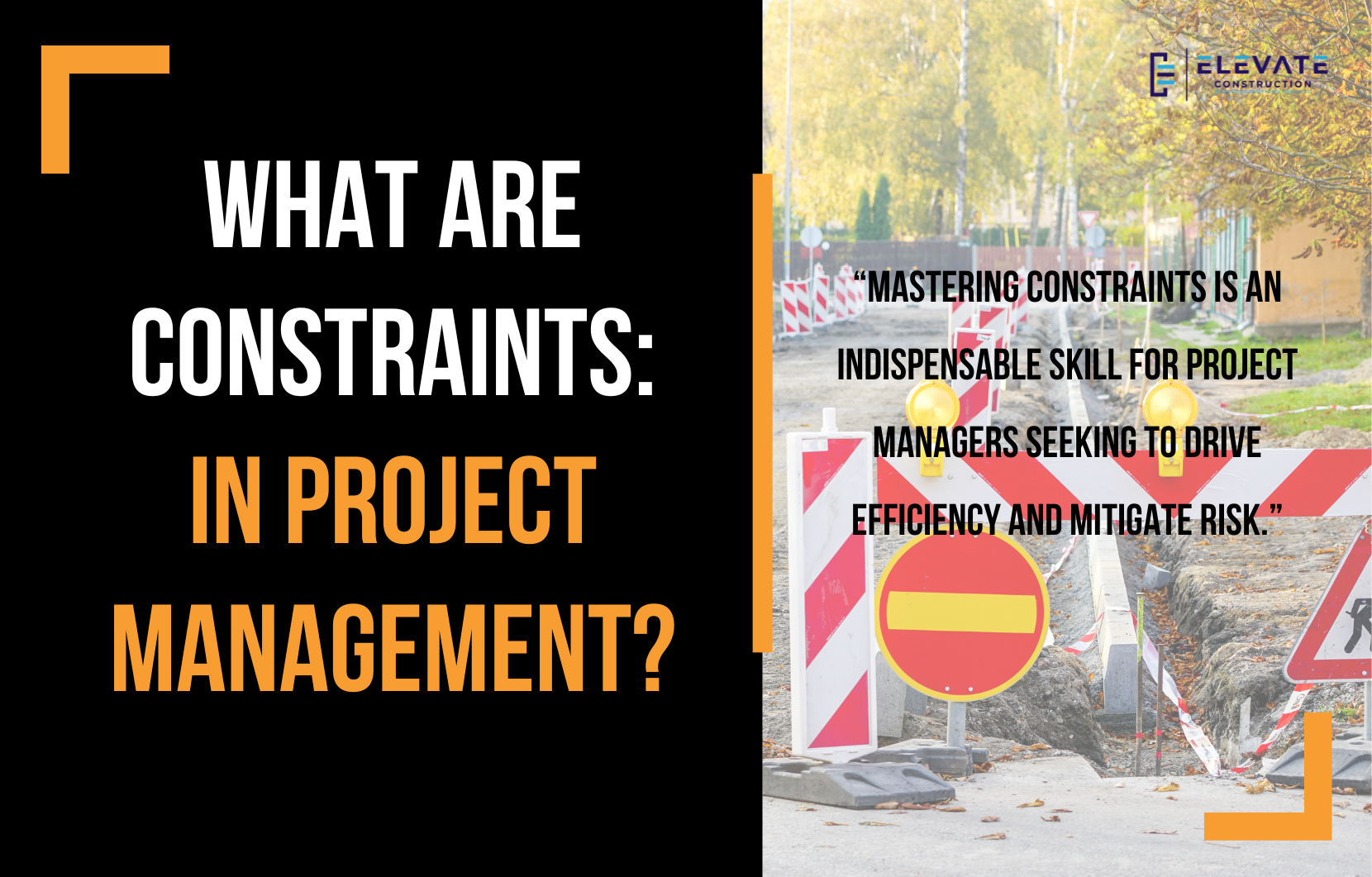In the dynamic world of project management, understanding constraints is pivotal to achieving success. As projects unfold, constraints can either propel progress or hinder productivity. In this comprehensive guide, we delve into the essence of constraints, uncovering their significance, types, and how to effectively manage them in the realm of project management.
Demystifying Constraints
Constraints, in essence, are the shackles and levers that shape project execution. They encompass a myriad of factors, ranging from resource limitations to process bottlenecks, exerting their influence on project timelines and outcomes. Understanding constraints involves discerning between roadblocks—temporary impediments that can be removed—and true constraints, which are semi-permanent or permanent fixtures within the project landscape.
Evolution of Constraint Management
The genesis of constraint management traces back to Eli Goldratt’s groundbreaking work, notably his book “The Goal.” Goldratt’s Theory of Constraints laid the foundation for identifying, exploiting, and subordinating constraints within systems, a paradigm that finds profound resonance in the realm of project management.
Navigating Construction Constraints
In the construction industry, constraints manifest in myriad forms, from logistical challenges to trade-specific bottlenecks. Distinguishing between roadblocks and constraints is paramount, as it enables project teams to streamline workflows and mitigate friction points. Unlike manufacturing, where products move through fixed stations, construction projects involve dynamic interactions between trades, necessitating a nuanced approach to constraint management.
The Art of Constraint Exploitation
Once identified, constraints must be strategically exploited to optimize project throughput. This entails maximizing resource allocation, streamlining processes, and elevating the capabilities of constrained trades or zones. By prioritizing the resolution of bottlenecks, project teams can enhance efficiency and accelerate project timelines.
Continuous Improvement and Adaptation
Constraint management is an iterative process, characterized by continuous improvement and adaptation. As constraints are addressed and mitigated, new bottlenecks may emerge, necessitating ongoing vigilance and optimization. By adopting a proactive stance towards constraint management, project teams can foster resilience and agility in the face of evolving challenges.
Practical Insights and Best Practices
To effectively manage constraints, project managers must adopt a holistic perspective, focusing not only on individual tasks but also on system-wide throughput. This entails aligning resource allocation with project pacing, subordinating non-constraints, and fostering a culture of continuous improvement. By leveraging tools such as constraint mapping and roadblock identification, project teams can navigate complexities with clarity and precision.
Conclusion
In conclusion, mastering constraints is an indispensable skill for project managers seeking to drive efficiency and mitigate risk. By embracing the principles of constraint management, project teams can surmount obstacles, optimize workflows, and achieve project objectives with confidence and clarity.
As you embark on your project management journey, remember that constraints are not merely obstacles—they are opportunities for innovation and growth. By harnessing the power of constraints, you can unlock the full potential of your projects and pave the way for enduring success.
If you want to learn more we have:
-Takt Virtual Training: (Click here)
-Check out our Youtube channel for more info: (Click here)
-Listen to the Elevate Construction podcast: (Click here)
-Check out our training programs and certifications: (Click here)
-The Takt Book: (Click here)
Discover Jason’s Expertise:
Meet Jason Schroeder, the driving force behind Elevate Construction IST. As the company’s owner and principal consultant, he’s dedicated to taking construction to new heights. With a wealth of industry experience, he’s crafted the Field Engineer Boot Camp and Superintendent Boot Camp – intensive training programs engineered to cultivate top-tier leaders capable of steering their teams towards success. Jason’s vision? To expand his training initiatives across the nation, empowering construction firms to soar to unprecedented levels of excellence.
On we go!


